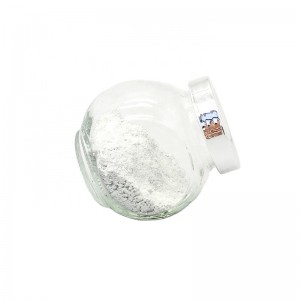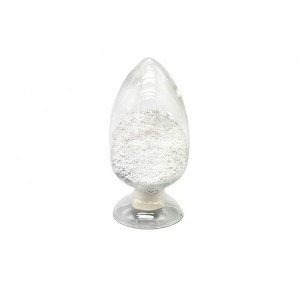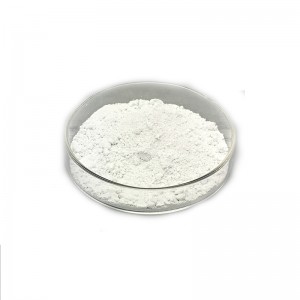Chronic kidney disease (CKD) patients often have hyperphosphatemia, and long-term hyperphosphatemia can lead to serious complications such as secondary hyperparathyroidism, renal osteodystrophy, and cardiovascular disease. Controlling blood phosphorus levels is an important part of the management of CKD patients, and phosphate binders are the cornerstone drugs for the treatment of hyperphosphatemia. In recent years, lanthanum carbonate, as a new type of non-calcium and non-aluminum phosphate binder, has gradually entered people's field of vision and started a "competition" with traditional phosphate binders.
The "merits" and "demerits" of traditional phosphate binders
Traditional phosphate binders mainly include calcium-containing phosphate binders (such as calcium carbonate and calcium acetate) and aluminum-containing phosphate binders (such as aluminum hydroxide). They combine with phosphates in food to form insoluble compounds, thereby reducing intestinal absorption of phosphorus.
Calcium-containing phosphate binders: Low price and definite phosphorus-reducing effect, but long-term use may lead to hypercalcemia and increase the risk of vascular calcification.
Aluminum-containing phosphorus binders: Strong phosphorus reduction effect, but aluminum accumulation is highly toxic and can cause aluminum-related bone disease and encephalopathy, and is currently less used.
Lanthanum carbonate: Rising newcomer, with prominent advantages
Lanthanum carbonate is a carbonate of the rare earth metal element lanthanum, with a unique phosphorus binding mechanism. It releases lanthanum ions in the acidic environment of the digestive tract and forms highly insoluble lanthanum phosphate with phosphate, thereby preventing the absorption of phosphorus.
Brief introduction of lanthanum carbonate
| Product name | Lanthanum carbonate |
| Formula | La2(CO3)3.xH2O |
| CAS No. | 6487-39-4 |
| Molecular Weight | 457.85 (anhy) |
| Density | 2.6 g/cm3 |
| Melting point | N/A |
| Appearance | White crystal powder |
| Solubility | Soluble in water, moderately soluble in strong mineral acids |
| Stability | Easily hygroscopic |



Compared with traditional phosphorus binders, lanthanum carbonate has the following advantages:
No calcium and aluminum, higher safety: Avoids the risk of hypercalcemia and aluminum poisoning, especially for patients with long-term treatment and risk of vascular calcification.
Strong phosphorus binding ability, significant phosphorus reduction effect: Lanthanum carbonate can effectively bind phosphorus in a wide pH range, and its binding ability is stronger than traditional phosphorus binders.
Fewer gastrointestinal adverse reactions, good patient compliance: Lanthanum carbonate tastes good, is easy to take, has little gastrointestinal irritation, and patients are more likely to adhere to long-term treatment.
Clinical research evidence: Lanthanum carbonate performs well
Multiple clinical studies have confirmed the effectiveness and safety of lanthanum carbonate in CKD patients. Studies have shown that lanthanum carbonate is not inferior to or even superior to traditional phosphate binders in reducing blood phosphorus levels, and can effectively control iPTH levels and improve bone metabolism indicators. In addition, the safety of long-term treatment with lanthanum carbonate is good, and no obvious lanthanum accumulation and toxic reactions have been found.
Individualized treatment: Choose the best plan for the patient
Although lanthanum carbonate has many advantages, it does not mean that it can completely replace traditional phosphate binders. Each drug has its indications and contraindications, and the treatment plan should be individualized according to the specific situation of the patient.
Lanthanum carbonate is more suitable for the following patients:
Patients with hypercalcemia or risk of hypercalcemia
Patients with vascular calcification or risk of vascular calcification
Patients with poor tolerance or poor efficacy of traditional phosphate binders
Traditional phosphate binders can still be used for the following patients:
Patients with limited economic conditions
Patients who are allergic to or intolerant of lanthanum carbonate
Looking to the future: Lanthanum carbonate has a bright future
With the deepening of clinical research and the accumulation of clinical experience, the status of lanthanum carbonate in the treatment of hyperphosphatemia in CKD patients will continue to improve. In the future, lanthanum carbonate is expected to become a first-line phosphate binder, bringing good news to more CKD patients.
Post time: Mar-25-2025